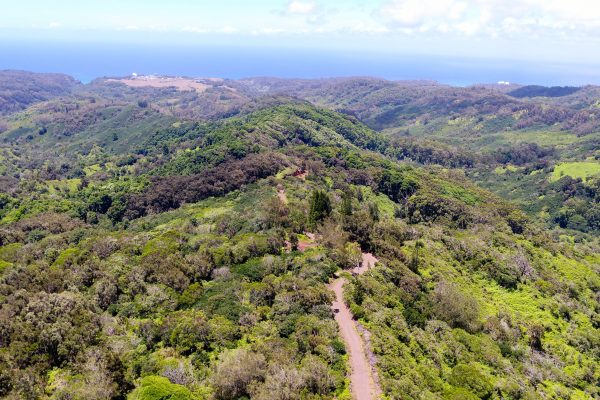Unmanned Aerial Vehicle Services
Home » Our Services » Technology » Unmanned Aerial Vehicle Services
As industry leaders in impact assessment and resource monitoring, WEST’s experts work to identify, evaluate, and implement technological solutions to design and execute state-of-the-art scientific monitoring and survey methods to best meet clients’ needs.
We have applied technological solutions to natural resource challenges utilizing unmanned aircraft systems (UAS), also known as drones, in wildlife studies. We have commercially licensed UAS pilots, including a lead pilot with over 10 years of experience using UAS for wildlife applications. WEST UAS staff have the skills and knowledge required to successfully design and implement UAS flights. UAS can provide standard high resolution video and stills, thermal-infrared imaging, and multi-spectral imaging for natural resource projects with minimal disruption to wildlife and their environments.
UAS and Machine Learning
By combining UAS and machine learning expertise, WEST statisticians and artificial intelligence developers are recognized experts in designing efficient and effective sampling designs and data collection protocols. This includes fast and effective target classification code and highly predictive and optimal machine learning classification algorithms allowing us to successfully manage large datasets.. WEST UAS studies focus on the use of machine learning to detect objects in images collected by a drone, and our experts can help design, manage, and implement UAS machine learning studies.
Expertise
- Wildlife Studies
- Avian Abundance Estimates
- Avian Nest Surveys
- Bat Density Surveys with Infrared Thermal Imaging
- Mammal Burrow Mapping
- Hibernacula Detection
- Carcass Detection Studies
- Vegetation and Habitat Mapping
- Artificial Intelligence/Machine Learning and Classification Models
- Renewable Energy Inspections
- Videography and Photography Services

